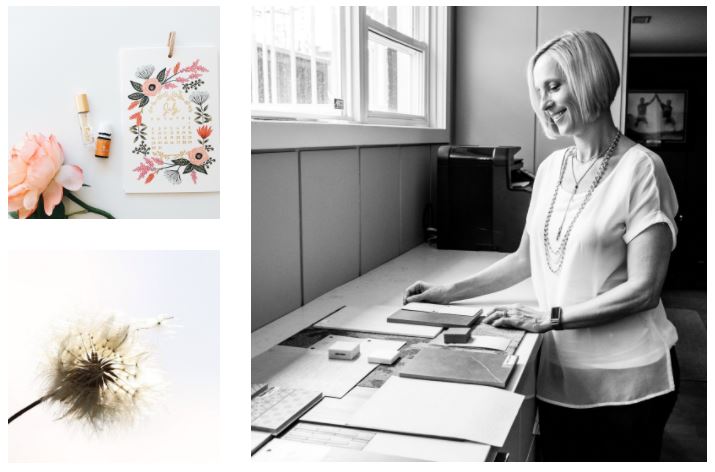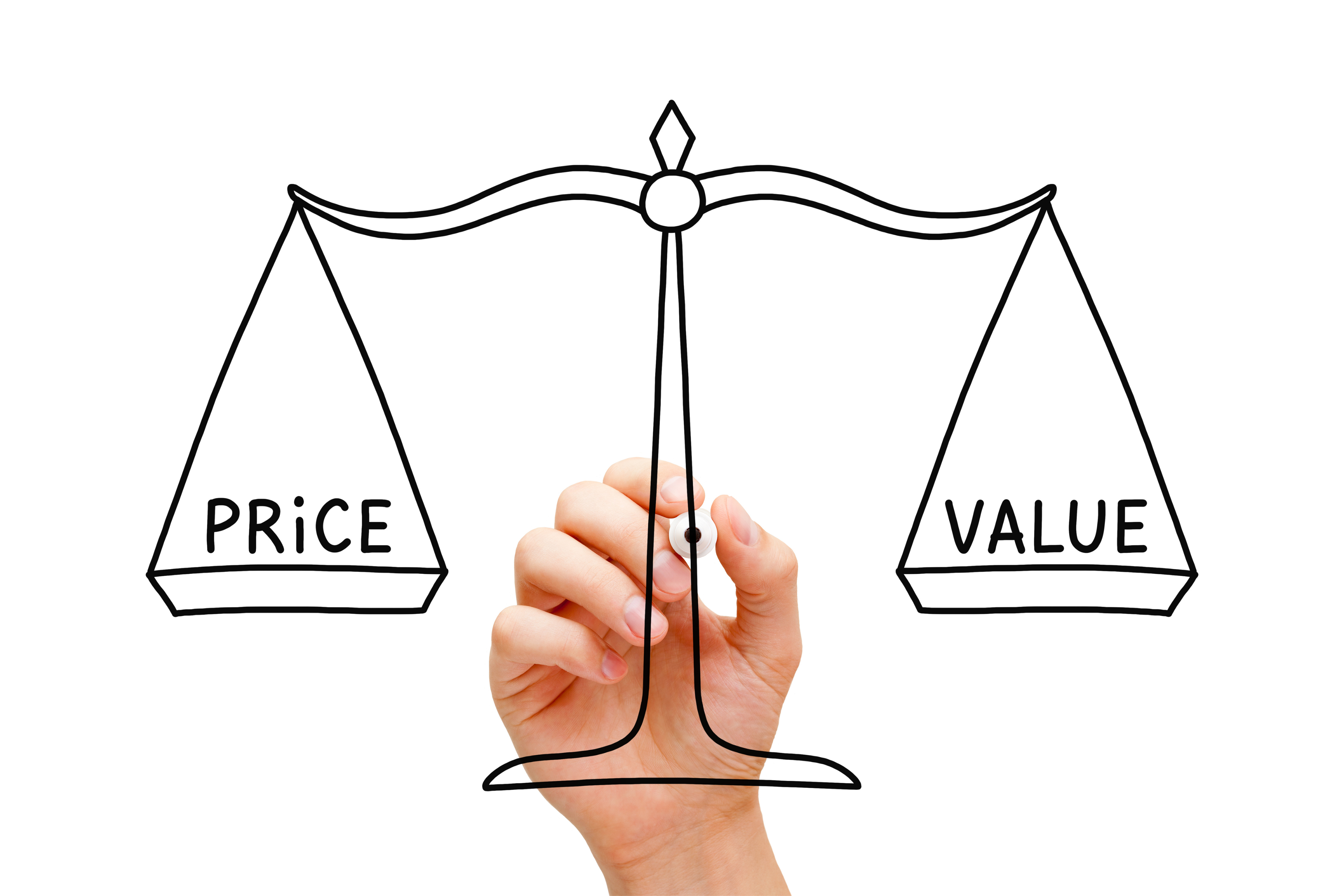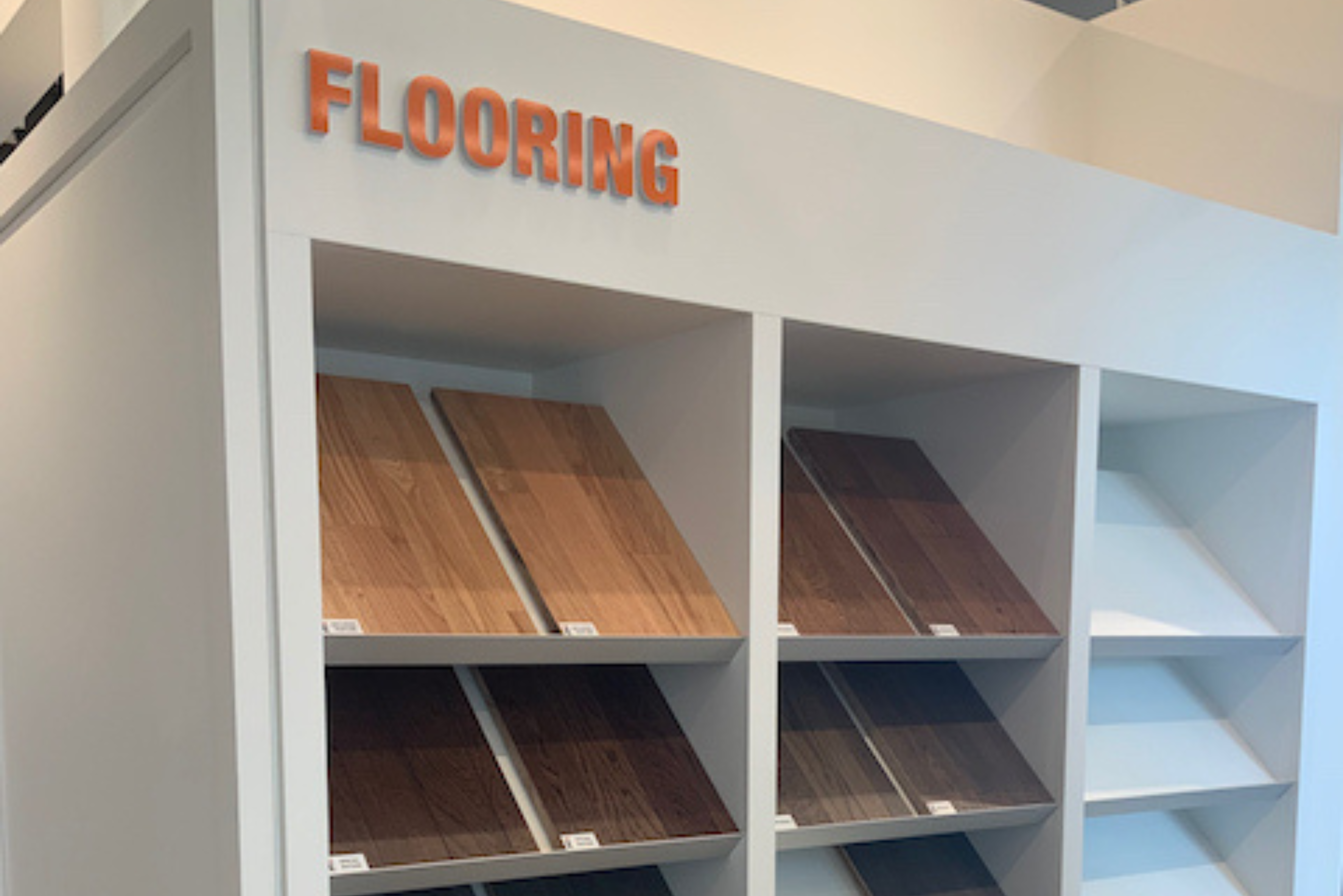When Sheryl Sandberg said “lean in,” I thought to myself, “How much farther can I lean?!” I’m an ambitious and highly-driven person by nature (where are my fellow Enneagram Type 3s at?), and I was doing the most. I embraced every opportunity that came my way that could further my career, I aggressively worked to build my business, I hustled, I grinded, and I woke up at the crack of dawn. My Google Calendar had every moment of my day allocated, from dawn to bedtime. I was leaning in HARD.
For too many years, I tried to do it all. I know that many people reading this will relate.
Picture this: I responded to emails from my clients, suppliers and even strangers on days, evenings, weekends and holidays. I went above and beyond on every single task and project. I under-quoted and over-delivered. And that’s just work.
I was also committed to being the healthiest version of myself possible, a super mom, the best wife ever, an incredible sister, a devoted daughter, an amazing friend, an engaged citizen and so much more. I was highly focused on achievement in every single aspect of my life.
I leaned in hard, but I eventually came to realize that I can’t do it ALL. At least, not all the time. And not on anyone’s terms other than my own.

This past year, I’ve really been reflecting on my life and my work. When the COVID-19 pandemic first hit, it slowed life down. Suddenly evenings were quiet, all of them spent at home with my family – no more social events for work, dinners out, or drinks with friends. There was less driving my kids to their dance and trampoline, and less heading to client meetings. There was less rushing to the gym and yoga. Even work was slowing down – there were fewer visits to model homes and sales centres. For the first time in years, my life had a new sense of calm and slowness.
I enjoyed this new sense of ease. It gave me time to think and to rest. I leaned back a bit. And I discovered essentialism.
In addition to this new time and space in my life, I also read Greg McKeown’s book Essentialism: The Disciplined Pursuit of Less. As soon as I read the back of the book, I knew it was for me:
“Have you ever found yourself stretched too thin?
Do you sometimes feel overworked and underutilized?
Do you feel motion sickness instead of momentum?
Does your day sometimes get hijacked by someone else’s agenda?
Have you ever said ‘yes’ simply to please and then resented it?
If you answered yes to any of these, the way out is the Way of the Essentialist.”
Discovering this book has been a huge inspiration for me, and lately I’ve been on a bit of an “essentialism” kick. What is essentialism? Here’s a quick definition:
The Way of the Essentialist involves doing less, but better, so you can make the highest possible contribution.
The Way of the Essentialist isn’t about getting more done in less time. It’s not about getting less done. It’s about getting only the right things done. It’s about challenging the core assumption of ‘we can have it all’ and ‘I have to do everything’ and replacing it with the pursuit of ‘the right thing, in the right way, at the right time’. It’s about regaining control of our own choices about where to spend our time and energies instead of giving others implicit permission to choose for us.
I’ve learned a lot from the concept of essentialism, and applying these principles to my life has been nothing short of life-changing.
Here are my top 3 takeaways and lessons learned:
- Only once you give yourself permission to stop trying to do it all can you make your highest contribution toward the things that really matter. “Less but better,” as McKeown writes.
- A lot of “productivity hacks” are misguided and unhelpful. Hyperactivity does not equal productivity. It’s not how to get MORE things done but getting the RIGHT things done. Essentialism is all about making the wisest possible investment of your time and energy in order to operate at your highest point of contribution by doing only what is essential.
- If it isn’t a clear YES, then it’s a NO. This journey isn’t easy – tough decisions must be made and boundaries must be set. You have to get really real with yourself about what you value in life and what problems you want to have. You’ll have to say no a lot, and some people will be disappointed. But it’s so worth it, because the things you say YES to will be things that you’re deeply passionate about, that tap your talents and that meet a significant need in the world.
This has changed the way I think about not only time management, distractions, productivity and work, but my entire life. And I’m happy to say that I’m now someone who leans back, takes a breath and makes decisions with focus and ease based on my biggest priorities and deepest values.





